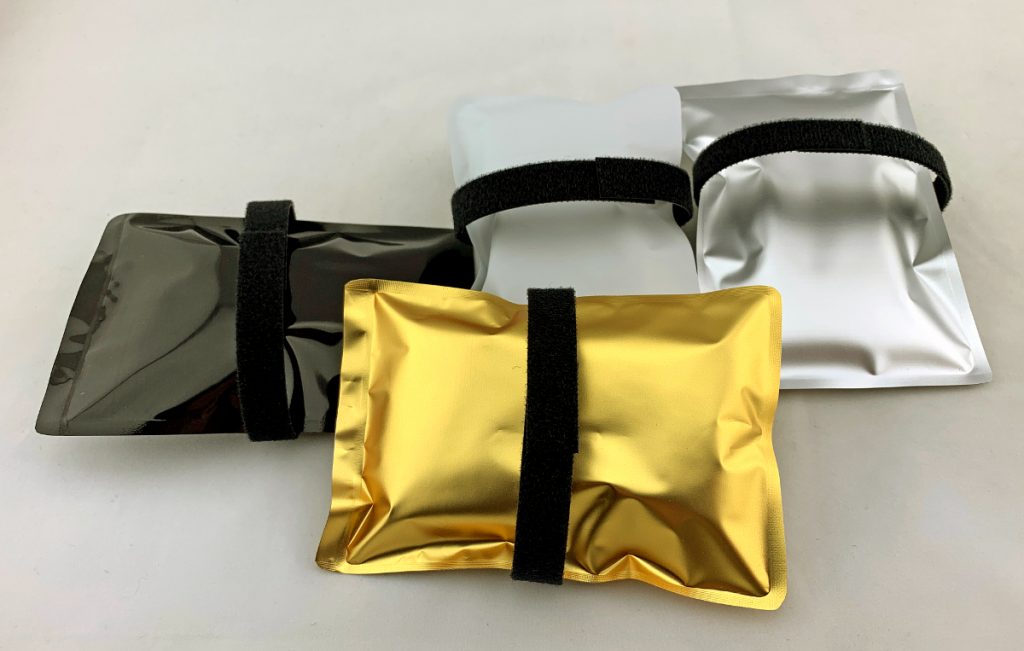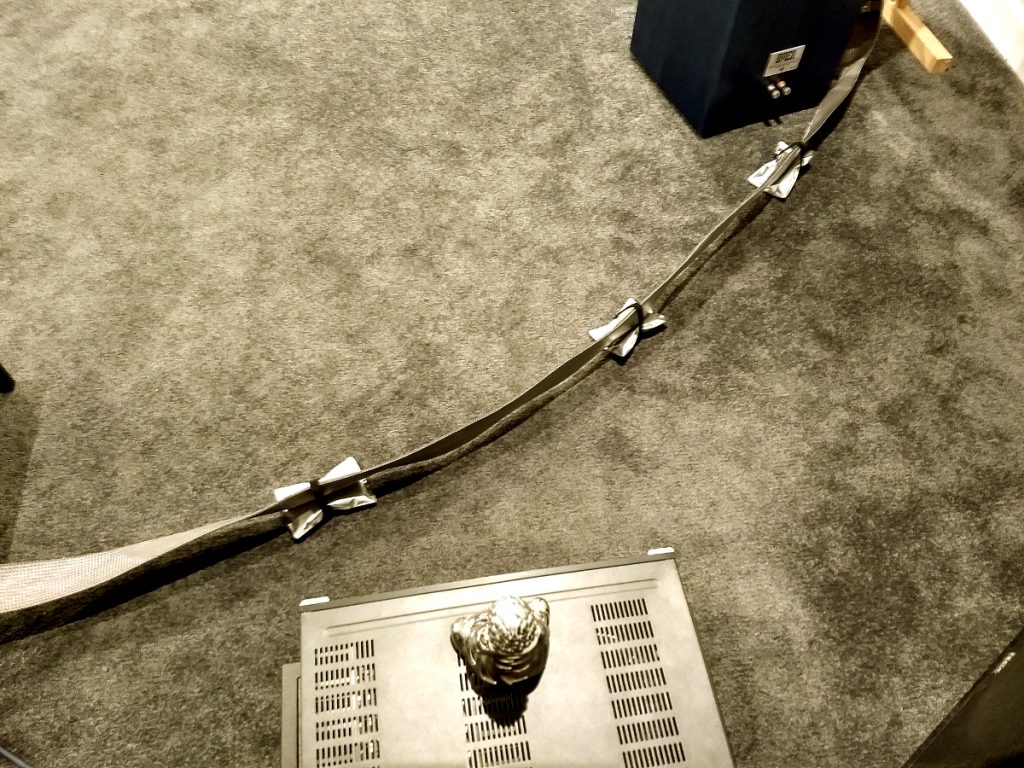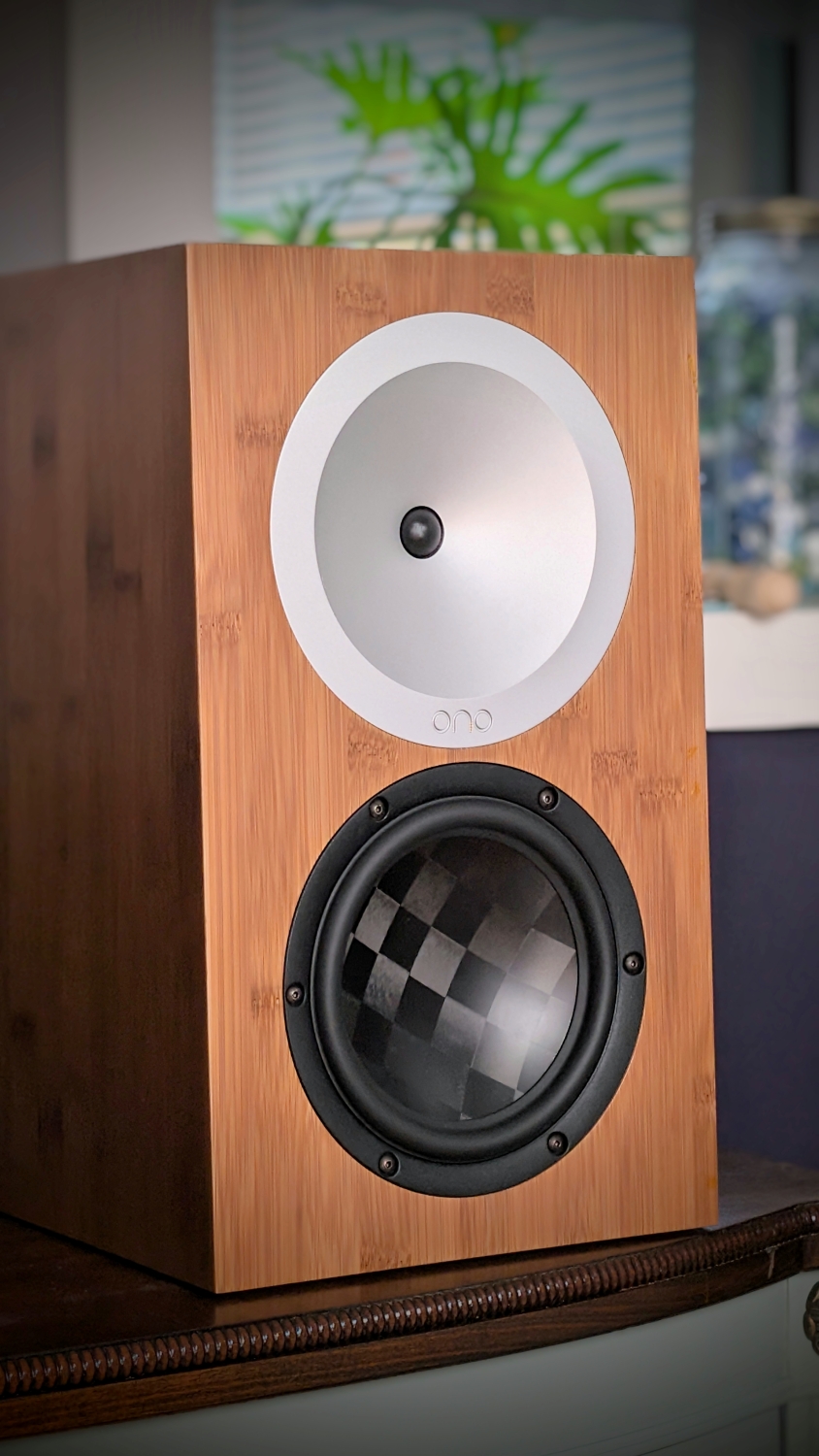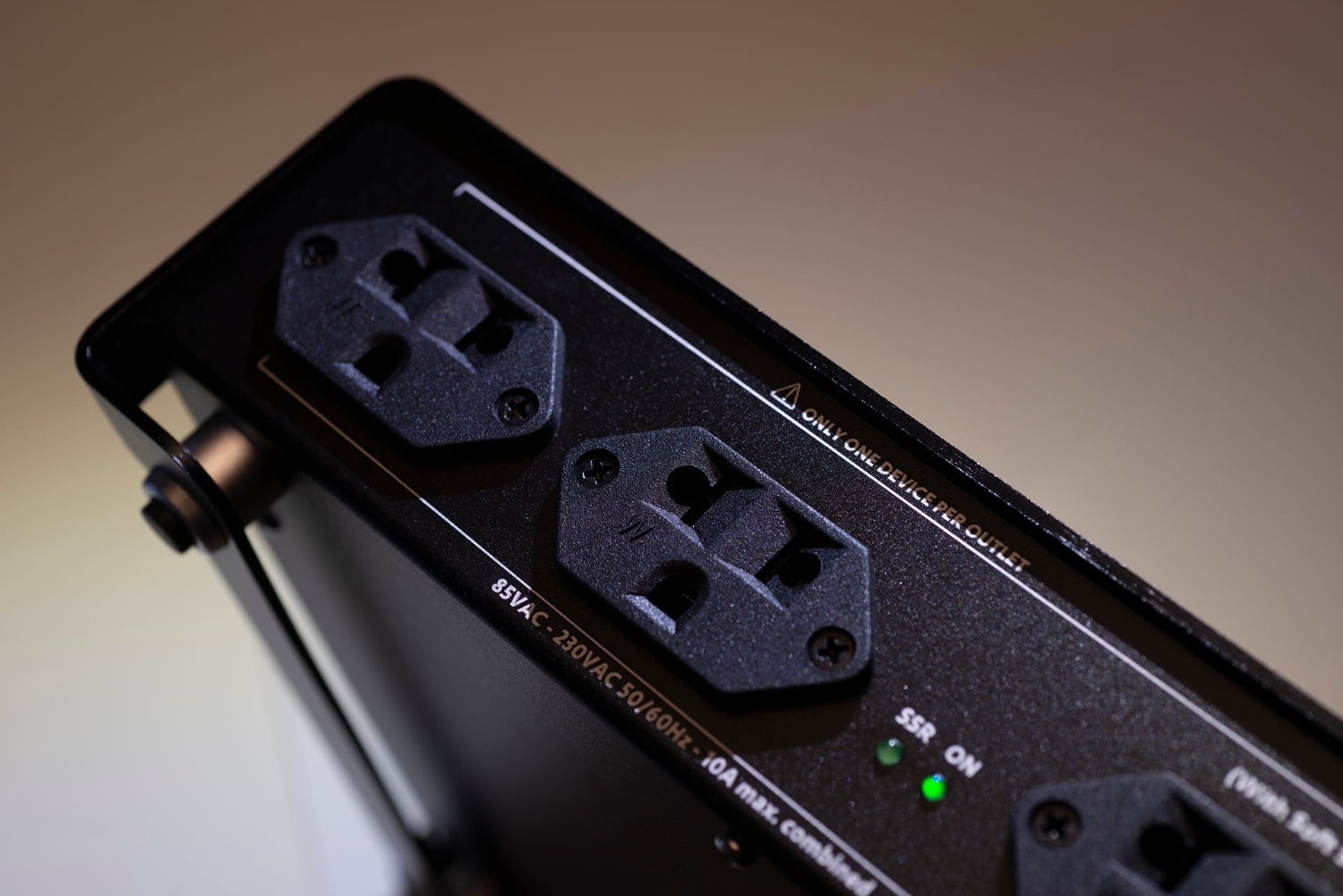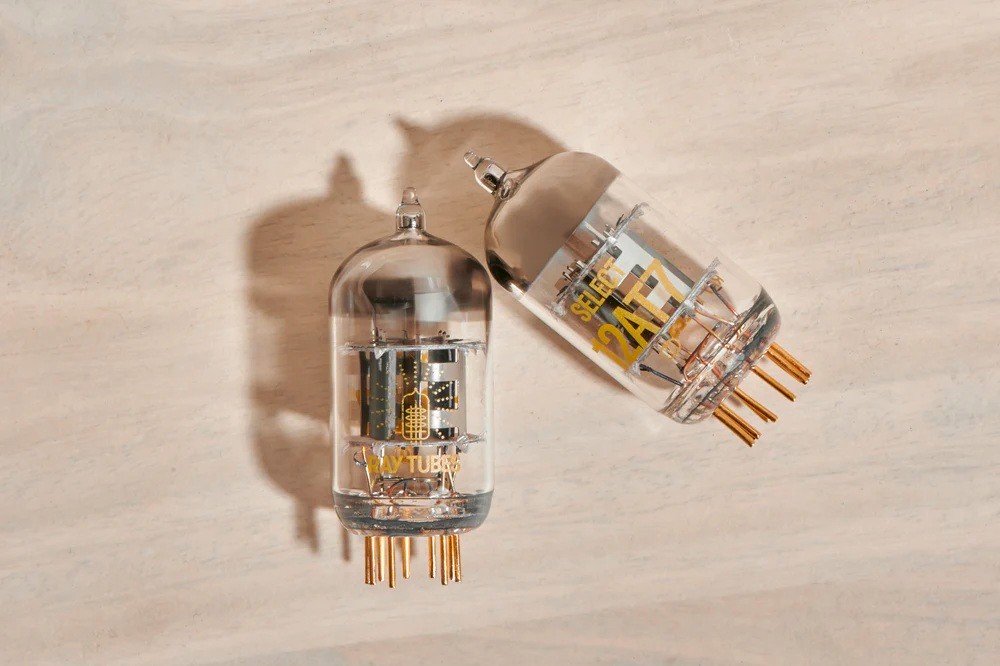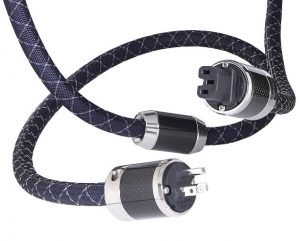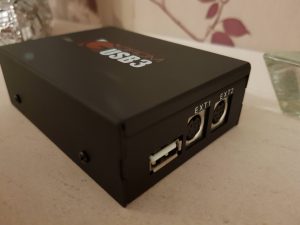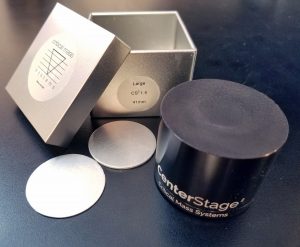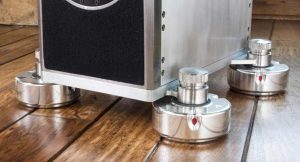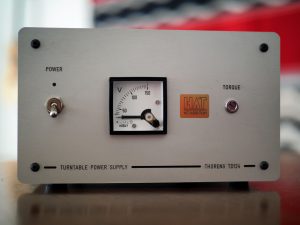I've had a really good relationship with Norman Varney from AV RoomService for a couple of years now; his company manufactures a variety of products that are aimed at reducing airborne and other vibrational noises in your listening room. He also is heavily involved in custom listening and audiovisual room design and construction; his level of expertise comes not only from years of experience, but from some really good science in the acoustical properties of those designs. If I ever hit the big time, you can bank on it that getting on Norman's schedule will be one of the first phone calls I make!
I know I've talked about this at great length here, but getting vibrations and other sources of noise under control can be a very vexing problem. Noise occurs in every aspect of the listening room environment, and attempting to tame those vibrations can often be quite an endeavor! I've had good success at reducing vibrational and airborne noise with a series of products that Norman turned me onto over the past year, AV RoomService's EVPs (Equipment Vibration Protectors). They come in a variety of size, material, and weight-range configuations to address a very broad range of equipment vibrations, from turntables and loudspeakers to subwoofers, as well as all the source equipment on your rack. It has been absolutely astonishing to me the level of quiet that's been introduced into my listening environment from these excellent products that are both unobtrusive and highly effective. You can read about my experiences with the EVPs HERE and HERE. Even placing the EVPs underneath as unlikely noise sources as power supplies for streamers and phono preamps has resulted in an appreciable level of improvement.
A while back, my wife Beth and I were at Wolfsong Audio, where Mike Burns was helping me with a problem with my ProJect "The Classic" SB turntable. While there, Beth noticed the cable risers that Mike had placed underneath the garden-hose sized speaker cables connecting his Bryston amp to the loudspeakers in the room. Mike explained his rationale for their presence; he'd custom-built them from cedar, and explained his thought process that wood from conifers was softer and had superior noise-rejection properties as compared to other woods. The risers were very striking in appearance, but I've generally drawn the line at the "supposed benefits" provided by cable risers and the like. Until recently, when we moved into the new home, where I at least made a good-faith effort to design my new listening room to address as many audiophile concerns as possible.
Except one, which I totally neglected: the introduction of noise into my system from static electricity. At my longtime old location, the carpet in the room was a Berber, with a tight weave construction that didn't seem to generate any appreciable level of static when walking across it. In my new room, when construction had reached a stage where everything was complete with the exception of the flooring, I found myself with a tough decision. Did I want to continue into the listening room with the bamboo flooring the remainder of the house was fitted with? It only took a few minutes to discover that the new room had a very prominent slap echo; realizing that the furnishings in the room would probably be spartan at best, I decided to go with a deep pile carpeting on top of the concrete floor. In an effort to try and introduce some level of damping of that horrendous echo.
I noticed pretty much right off the bat that the carpeting choice had created a totally unexpected static electricity problem that was going to become a serious issue, especially with LP playback. And I've had to work pretty hard to establish a new routine when spinning LPs that helps to minimize any static transmission generated during the LP setup process. I've always known that static can be a nagging problem in winter months, where you're typically wearing clothing (fleece, etc.) that tends to generate static from your movements—my room tends to maintain a static charge throughout the entire year. The house is very well sealed, and the humidity level remains very low throughout the year. The turntable issue was completely obvious; what wasn't was the potential for static or other noise transmission via cables that were lying on a heavily static-charged pile carpet floor—until now.
I was talking with another audiophile friend just recently who was very dismissive of tweaks intended to help raise your system's level of performance, even to the point of dismissing the effect of cable choices. I argued with him that a lot of audiophiles have their listening environments set up in multipurpose configurations, where their living room, family room, or other situation doubles as the primary location for their loudspeakers and equipment stacks. And this, by nature, greatly enhances the chance that a greater level of noise will eventually permeate that environment. I fully understand that the current trend is one of inclusion, where the stereo is available for all to enjoy, and not where the old guy, stereo freak retreats to his listening lair to escape involvement with everyone else. I totally get it—but in a relatively controlled audio or home theater environment, there's a much greater chance of eliminating spurious noise—which will totally get you closer to the music.
That's where Norman comes in with his latest entry into the noise control fray, the Cable Vibration Protectors (CVPs). Work is proceeding on two distinct versions; the CVP EC (EC stands for Electrical Coupler)—which is currently available and under review here—is aimed at reducing vibrations from speaker and interconnect cables, as well as electrically coupling them to the floor to ground them against interference from static charges. And the CVP EI (EI stands for Electronic Isolator)—which is still under development and will address isolation of power cords. With specially manufactured jackets that are ESD and EMF/EMI compliant with Faraday shielding; they'll hit the market very soon.
The CVP ECs are manufactured using the same layered glass fiber damping technology employed by the EVPs, and the CVPs aim a two-fold proposition: decoupling any vibrations that cabling lying on floors might be subjected to, while also electrically coupling the cables to the floor, effectively grounding them to eliminate static. The end result is that the cables are lifted from the negative effects of just lying on the floor. CVPs are designed for use with both speaker cables and interconnects that are typically—at some point in their placement—in contact with your listening room floor. The CVP is a small polymer-encased pillow of sorts that's filled with the glass fiber damping material, and an unobtrusive Velcro strap holds the cable in place to the pillow. Depending upon the stiffness of your cable, they'll need to be placed every two-to-three feet of cable length; whatever is necessary to keep the cable from touching the floor. The CVPs are available in four color choices: black, white, gold, and silver. I chose the silver color, because it closely matches the silver / gray color of my MG Audio Speaker cables, and complements the blue / gray color of my AudioQuest interconnects.
Here's a quote from Norman regarding their intended function: "What makes CVP unique is not only their exceptional vibration isolation properties, but also their electrical coupling properties. When cable risers are used, static electrical voltage potentials are created between the cable and the ground, as well as capacitance charges. I know that these vibrational and electrical issues will vary with conditions. What I don't even pretend to know is how these electrical distortions impact on what is perceived. I don't know of any studies. I do know that any disturbances are not a good thing, and that CVPs prevent them from occurring. I have videos showing the difference of test meters as a cable is raised off the CVP touching the floor, and when it makes contact with it, both from a static electrical voltage charge, and a capacitive charge. So they decouple vibration, while coupling electrically. Much like grounding yourself to prevent a shock to yourself or sensitive equipment." Kind of like wearing a grounding strap when you're working on sensitive electronic or computer equipment. You may not even be aware of the existence of the static charge, but forget to wear the grounding strap, and zap! You just fried your new circuit board.
Jim Smith (of Good Sound fame) and I were chatting recently about vibration control in listening room environments. He immediately offered the opinion that the AV RoomService EVPs were undoubtedly the very best at taming vibrations with source equipment, as well as minimizing the transmission of vibrations from loudspeakers and subwoofers to other equipment and other structural locations. That said, he felt they were "not the most elegant looking devices available." Point taken, but in my situation, the EVPs are virtually unnoticed, even in the prominent locations they occupy underneath just about everything in my equipment rack, as well as underneath the dual subwoofers in the room. With numerous visitors to the house lately, not once has anyone commented on the appearance of the EVPs, much less even noticing their presence!
The above comments regarding the EVPs markedly utilitarian appearance will probably also apply for some audiophiles to the appearance of the CVPs, which are designed with a definite function-over-form approach. That said, I don't feel that the CVPs—much like the EVPs—really draw any attention to themselves solely based on their appearance. I totally felt that with the CVPs in place, the overall appearance of my cables were actually enhanced by their addition, and it was nice to no longer have the expensive MG Audio and AudioQuest cables sprawled haphazardly across the floor. Attaching them to the cables was very easy; Norman told me to preferably attempt to not compress the pillow too much when placing the cables. That was no problem with the interconnects, but a bit more challenging with the speaker cables, which—despite being thin and relatively narrow—are nonetheless heavy and required a bit of a pinch of the pillow when attaching the Velcro loop.
As with the EVPs, there was no break-in or run-in period required for the CVP ECs—and the effects were surprisingly obvious from the very beginning. I noticed much more of a quiet in my system; I know that noise reduction is a cumulative process, and every little bit helps with the final result. But this isn't like attaching "dots" or placing "stones" in random locations to achieve a reduction in noise—the placement of the CVPs is based on proven vibration reduction technology. My friend who decries the use of tweaks would probably be astonished with how much closer to the music he could get with a few judiciously placed EVPs and CVPs.
When I say "closer to the music," the resultant sound from your system is reproduced by your loudspeakers with greater clarity; there's more air and space in the sound, and a much improved and more holographic soundstage. Highs are rendered more smoothly, much less etched, and more extended. Mids are rendered with improved liquidity, and bass will achieve better extension, improved musicality, and more muscular slam. There's much less congestion in the overall character of the sound; what immediately struck me was the impressively low noise floor, and the substantial increase in clarity. When asked, "Why CVPs vs other cable risers?" Norman told me that simple cable risers don't really address the inherent problems faced by cables simply lying on floors, and especially don't do anything for vibrational and electromechanical issues.
I had my neighbor Bob over for a few brews this past weekend, and to take a listen to the Maneplanar LRS loudspeakers and the Schiit Vidar amp. We ended up switching back and forth between my Emotiva XPA 1L amps and the Schiit, and Bob was greatly impressed with the sound of both the speakers and the amps. But the thing that really jumped out at me was how he kept commenting on how very quiet my listening room was—the noise floor was so very low, it was virtually nonexistent! "I've got to do something about that next door" he kept saying. The CVPs may not offer a night-and-day change in your listening experience, but they definitely help in the overall, cumulative process of lowering the noise level of your listening environment. In my book, mission accomplished. Another great job by Norman Varney and AV RoomService. The CVP ECs are very highly recommended!
Cable Vibration Protectors
Retail: $12.50 per unit
AV RoomService, Ltd.
All images courtesy of AV RoomService and the author




